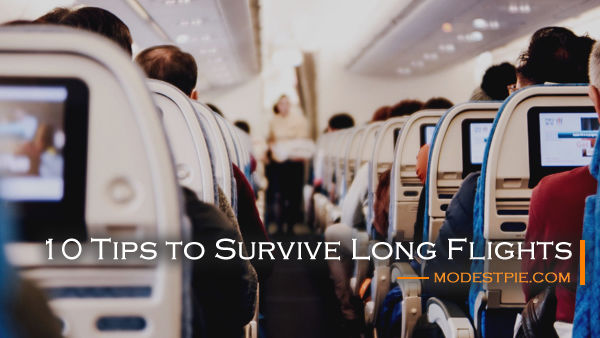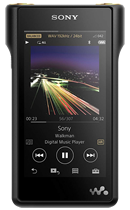Commercial air travel has made it so possible for anyone to visit just about any place on the globe for over a century now since the first commercial airline began in 1914. Flights have become more comfortable over the decades and geographic distances are no longer barriers for meetings, whether for business or pleasure. However, a 13-hour flight halfway across the world still is a lengthy duration that takes a toll on the human body and mind.
Today we look some long flight tips and preparations you can do to make the journey more comfortable. The main tips below are based on popular convention, and for some, I added a little #mytake footnote based on my personal experiences on air travel. Remember, there is no right and wrong, everyone’s body and habits are different, and these are just suggestions.
Long Flight Tips
So here are 10 preparation and tips you can do to make yourself more comfortable during your long air journeys.
1Choose Aisle or Window Seat
Pick a window seat if you prefer not to be interrupted during the flight, and an aisle seat if you have a tendency to go the toilet often or like getting up to stretch yourself and don’t want to disturb anyone in the process.
Anika of Literally Anika mentioned in her travel vlog about how she used to be a window seat person, and explained eloquently how she would now choose her seat in the centre column in larger airplanes typical of international flights:
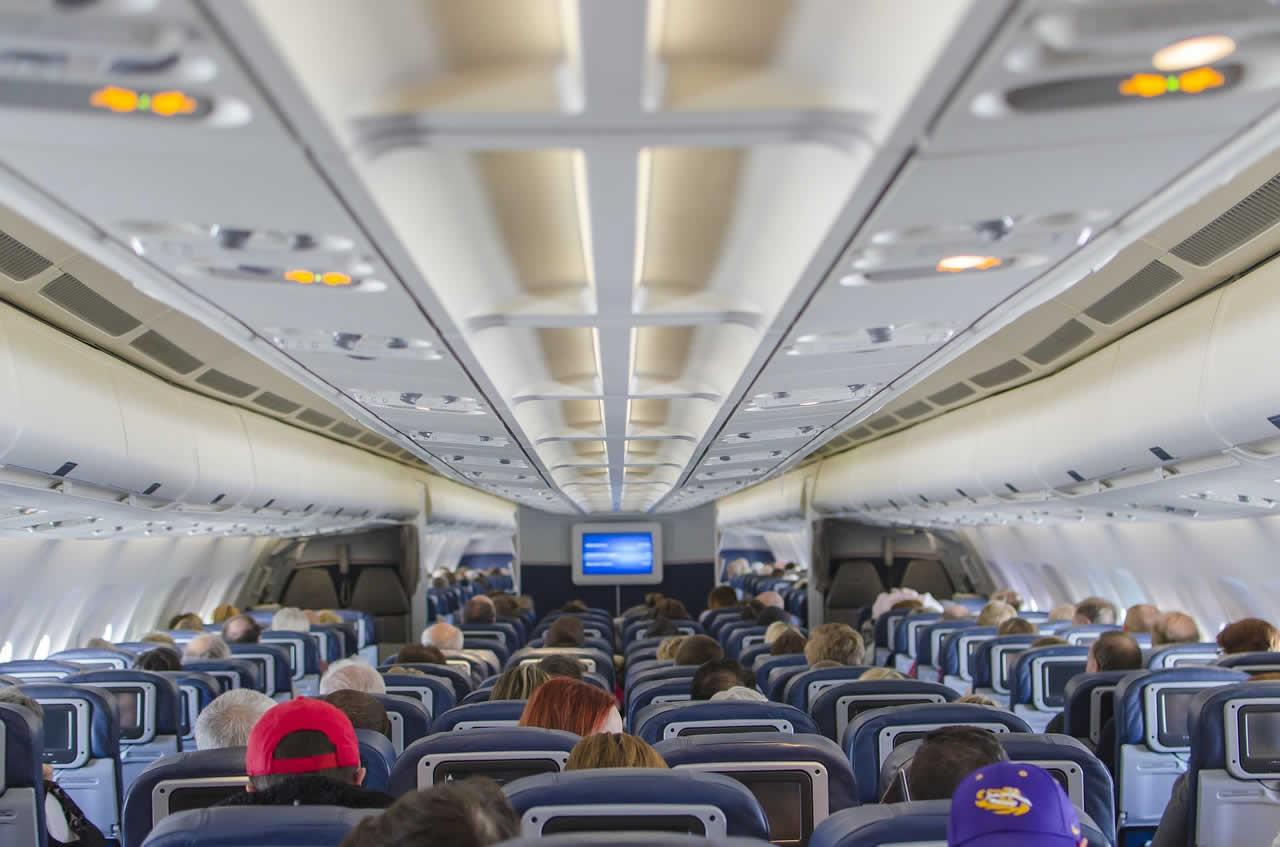
#mytake: Personally, I always choose the window seat, because one, I don’t go to the toilet often or at all (see Item No.4 below) and seating next to the window provides me with a resting surface for my head with I sleep (see Item No.7 below). Having a window seat also means having one less person by either side.
2Plan for the Trip Before
Plan your holiday way in advance of the flight. You should have your hotels booked, places you need to go, maps, itinerary of the trip, and transportation needs such as train tickets and ride-sharing apps all downloaded on your smartphone. That way, when you’re en route, you won’t be bogged down with the stress of what to expect and what needs to be done when you arrive at your destination, and you can have that much-needed rest on the plane.
#mytake: Honestly, I am more of a spontaneous person and quite enjoy the rush of not knowing what to expect or having to do things in a hurry. While I would have most of my accommodation and transportation needs planned ahead and booked, I would normally do my itinerary on the flight itself. I use a travel app called Maps.me on my smartphone and have been using it for more than 5 years now. I thoroughly enjoy planning out the places I will be visiting on this app while I am on my flight to that destination. It helps put me in the frame of mind as a traveller just as I am about to arrive at that destination. I usually allow at least 3 to 4 hours before arriving to do this. For me, it’s plenty of time, but feel free to do this at home before your trip if that works better for you.
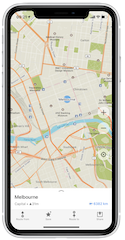
Maps.me is available for both iOS and Android mobile devices.
To find out more about Maps.me and to download this travel app for your smartphone, go to Maps.me Offline Map and Navigation App.
3Have Enough Rest
Travelling can be tiring even on short flights, and this is compounded when flights exceed 3 hours. Long-haul flights beyond 12 hours take it to a whole different level. It is important to get enough rest the night before travelling by air, or even a couple of days before, just to give the body ample rest to cope with the impending travel demands.
#mytake: “I sleep 4 hours daily and have been doing so for the past 30 years of my life. It’s a good solid 4 hours of quality deep sleep and I wake up feeling energised enough for the entire day. Often before travelling the next day, I would normally sleep just 2 to 3 hours. Sometimes it’s because of last-minute packing, and sometimes I’m just too excited about the trip I can’t sleep. The adrenaline gets me through to the airport and all the way to the plane, and I’m knocked out completely half an hour after being airborne. I’d wake up on and off because of my 4-hour sleep limit, and I’d go back to sleep…but I’d wake up totally refresh and energised on touch down at the destination, ready to face the challenges of the day, whether it is a work meeting or a backpacking holiday.
The lack of rest makes it easy for me to get a quality deep sleep on the flight and I’m not disturbed by the activities around me. Works for me all the time! But if you’re someone who needs a lot of sleep, then make sure you get enough of it before the trip.”
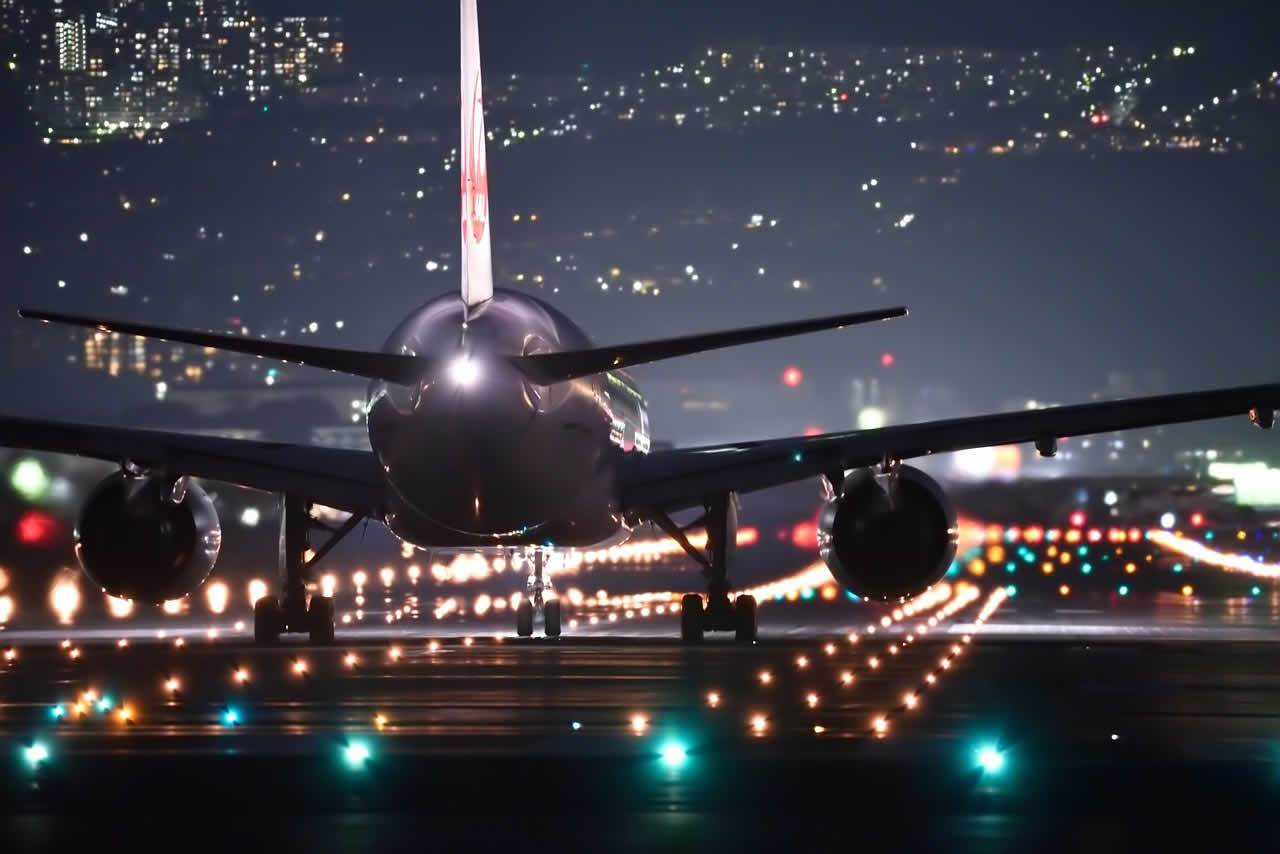
4Drink Enough Water
Keep the body hydrated as travelling dehydrates the body faster than normal. If going to the airplane loo discourages you from drinking, then drink just enough to stay hydrated. It is a good idea to bring along a Thermos-type container or drinking bottle, but leave it empty of any fluids during security checks or it may be confiscated.
A Thermos-type (vacuum-insulated) canister such as the leakproof and shatterproof Thermos-triple insulated Corkcicle Canteen (right) keeps hot and cold beverages at its temperature longer. Although plain water is best (which you can fill up at the drinking water fountain), you can choose to fill up with some cold orange juice or hot coffee at the airport or on the plane. Contrary to popular belief, coffee doesn’t dehydrate the body as much, and you may want to fill it up with coffee…simply because coffee just keeps you going! If coffee is your thing, that is…
#mytake: “I drink very little water daily, and I rarely feel throat-dry or parched. For the last over 20 years, I have been used to very little daily water intake. I have a small bladder, and I am loath to use the airplane loo. I don’t over-hydrate my body as such, and consume very little water when I travel. Over the course of 30 years flying from continent to continent, I can count with the fingers on one hand the number of times I have had to visit the airplane toilet. In fact, I can remember only once.”
5Bring Along Ample Entertainment
I remember taking a 13-hour flight from Kuala Lumpur to London in the mid-90s and having to depend on in-flight entertainment and movies to keep myself occupied on what was otherwise a tedious and boring journey. These days, we have the option of carrying our own entertainment on board.
I never travel without my iPad, iPod and a good set of in-ear monitors. You can download all the movies, YouTube videos, podcasts and music you need before the trip, and enjoy these during the flight. Some airlines provide a USB port for you to charge your devices on the go, but it’s always good to have a 10,000mAh power bank just in case.
#mytake: “Having ample entertainment is key for an enjoyable flight. The lack of entertainment is unthinkable and seriously dire. You can only sleep (or stare at the seat in front of you for) so many hours.”
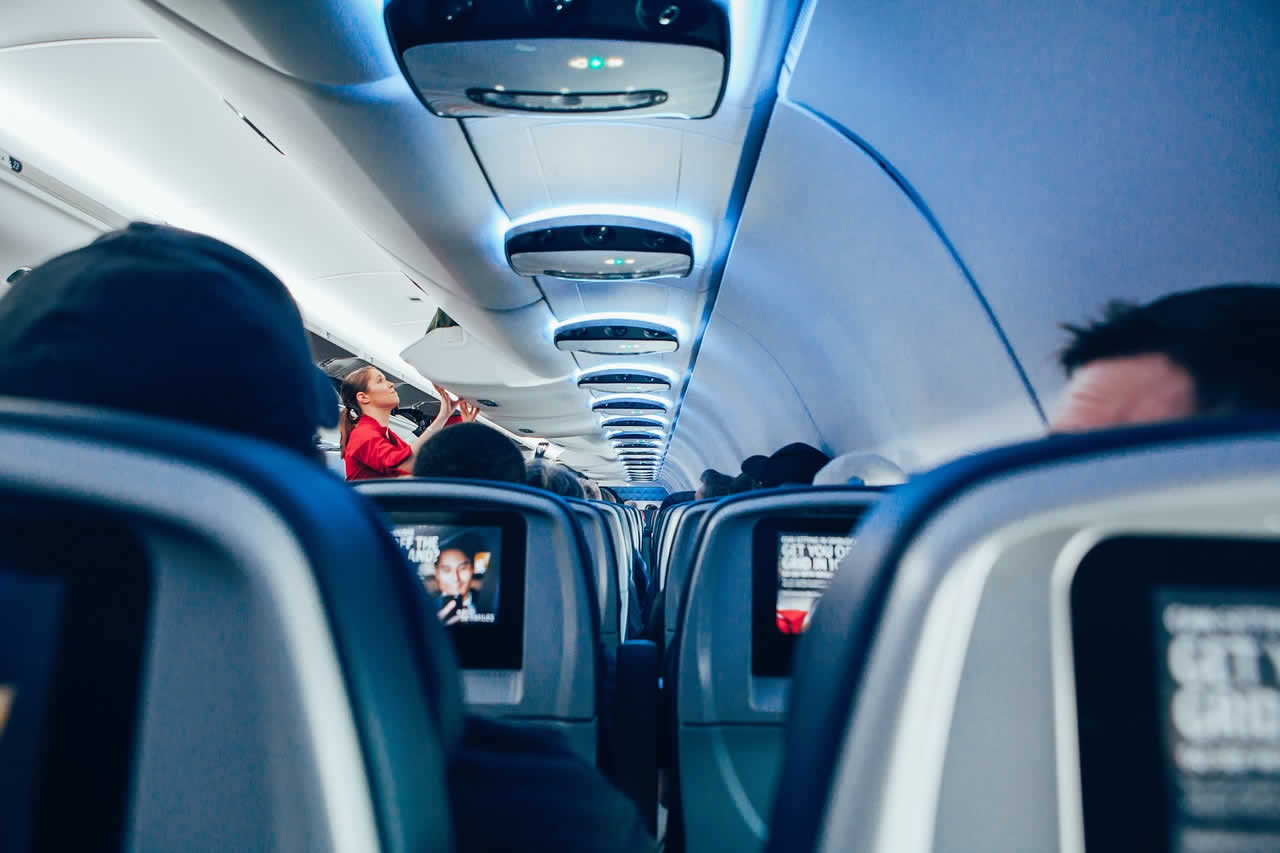
6Bring Along a Good Book
Carry just one good lightweight paperback book for reading on the plane. Something light and entertaining, like John Gray’s Men Are From Mars, Women Are From Venus, or Unshakeable by Tony Robbins, if that’s your kind of topic.
A paperback book can be good when your eyes need resting from looking at digital devices or the LCD screen of your in-flight entertainment, assuming you’re not ready to nap just yet. It is also handy if you’re looking for something to do during those moments when you have to turn off your electronic devices. If turning on the overhead lights when the rest of the plane is dark makes you self-conscious or uncomfortable, bring along an LED book light.
#mytake: “I have all the books and magazines I need in PDF format on my iPad (or a Kindle) and it’d take me years to finish reading everything. Hence I seldom carry a book when I travel. When it’s time to switch off my electronic devices just before landing, I usually use those 10 minutes to get a quick power nap…and I’d be all set to go upon touch down. If I need to read something, there’s always the airline magazine in the seat pocket in front of me. Yes, I honestly find those entertaining too…”
7Neck Pillow, Eye Mask and Earplugs
If sleep is paramount on flights, then a neck pillow and an eye mask are a passenger’s best friends. Neck pillows are a great boon for air travel sleep as it supports the head and prevents neck strain. There are two main types of neck pillows – inflatable and memory foam, each with its pros and cons. In my opinion, the memory foam ones work better, but they take up too much storage space, as opposed to the inflatable ones which can be deflated and folded. You will need to gauge and see which is more important for you – storage space or comfort.
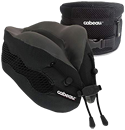
A great example of a travel pillow that is both comfortable and compact is the Cabeau Evolution Cool Travel Pillow. Backed by sleep science for maximum sleep support, the Cabeau Evolution Cool features:
- Better Chin/Head Support: Proprietary dual-density foam provides total comfort whether your head leans forward or to the side.
- Cooling System: Innovative cooling vent technology that keeps the neck and head cooler.
- Portability: A deluxe high-quality travel bag that allows the neck pillow to compress down to ½ its size.
- Washable Cover: Makes it easy to wash and keep clean for your next vacation.
An eye mask is a great add-on and shields your shut eyes from ambient lights on the plane, which also helps to maintain your circadian rhythmThe physical, mental, and behavioural changes that follow a daily cycle which respond primarily to light and darkness in a person’s environment. Sleeping at night and being awake during the day is an example of a light-related circadian rhythm. Circadian rhythms are found in most living things, including animals, plants, and many tiny microbes.. Use an earplug to cut out ambient noise if you’re a light sleeper. And don’t forget, you can always ask a flight attendant if you need a blanket to keep warm.
#mytake: “I usually pick a window seat and rest my head on the wall of the plane when I sleep, and because of my deep sleep, I am oblivious to the lights and sound around on the plane and don’t usually need an eye mask or earplugs. Nevertheless, there are times when I use a baseball cap to cover my face from view when I sleep, and I would put on my Ultimate Ears in-ear monitors to listen to music on the iPod. When the music stops, these then become -26dB noise-isolating earplugs by design.”
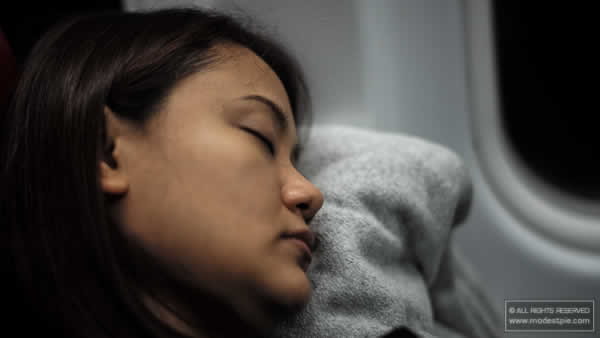
8Toiletries
Some people find it uncomfortable not brushing their teeth before sleeping or after waking up. If you’re such a person, it may be a good idea to bring along a toothbrush and a small tube of toothpaste.
Note that toothpaste is considered a gel or liquid, and only a maximum of 3.4 oz (100 ml) may be carried onboard as per TSA guidelines. You can also brush your teeth upon arrival at the destination airport. Consider bringing an extra T-shirt in case of accidental spills or perspiration and odour.
THE OPPOSITE VIEW: “I don’t bring these as usually a quick rinse at the airport is all I need.”
9Carry a Small Bag other than Your Carry-On Rollers
Your main carry-on luggage (usually with wheels) goes to the overhead compartment. A smaller messenger-style bag or soft backpack goes into the foot space under the seat in front of you.
This smaller companion bag is crucial because it stores all the items discussed from #4 to #8 above. Having a smaller bag within easy reach allows quick access to these items, and you won’t need to get out of your seat and reach the overhead compartment…and probably disturb others in the process. You’d want to keep stuff off your lap when you sleep as well, so having a small bag that you can pull up and shove underneath the seat in front is crucial.
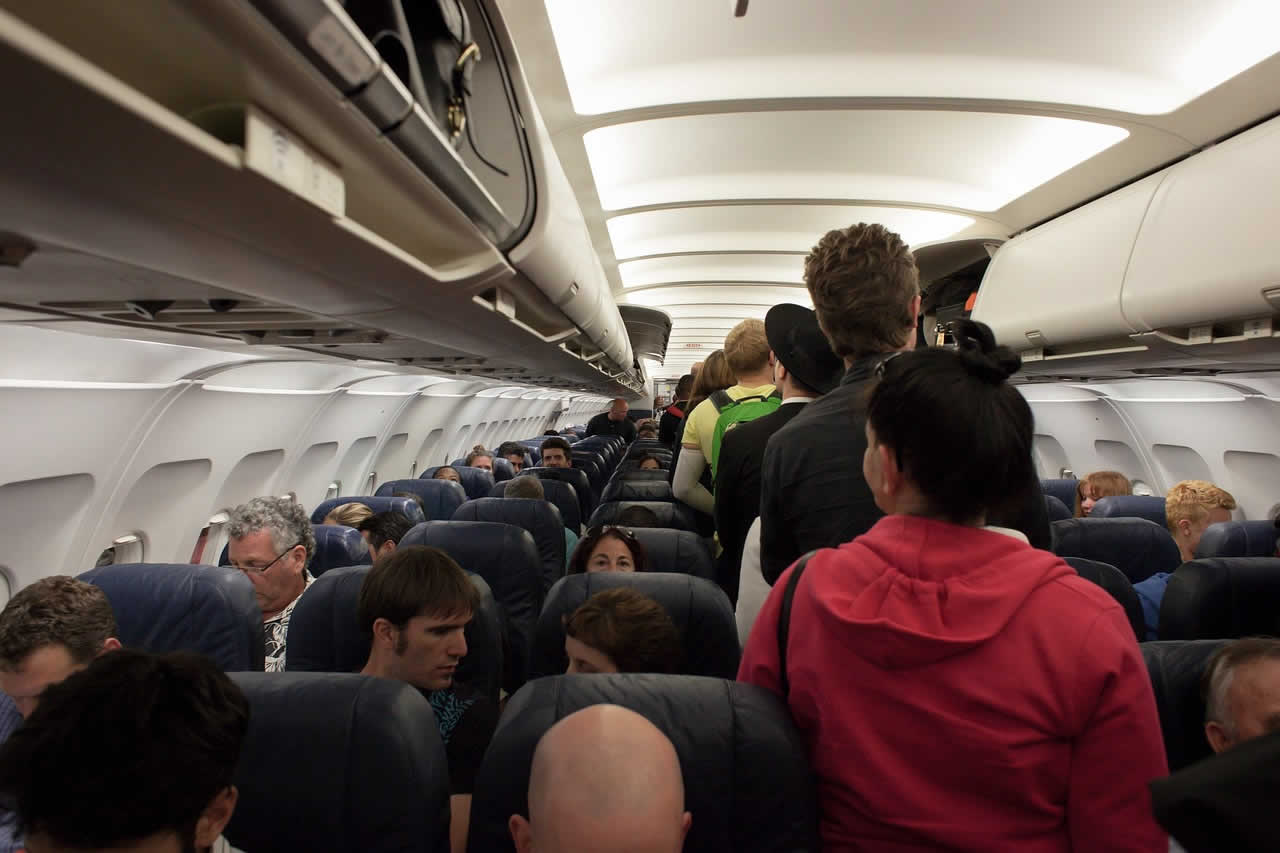
10Set Watch to the Local Time of the Destination
I always set my watch to the local time of the destination somewhere midway of the flight journey, for 2 reasons. One, I’d land and be ready and all set to go. I normally wear an automatic (means it doesn’t run on batteries, not that it sets to the local time automatically) world time chronograph watch that takes quite a bit of time to set and adjust.
Secondly and more importantly, setting my watch midway during flight and being able to refer to the destination’s local time for the remainder of the journey helps set my internal body clock to the upcoming time zone I am going to be in. This helps to ease the immediate activities upon landing, especially when landing during the day with a full day ahead.
11Bonus Tip: Dress Comfortably
I am going to add one last tip as a bonus, and I’ve kept it at the end as I feel it is of paramount importance, and it is easy to overlook this one if you don’t scrutinise into your overall choice of apparel, including footwear and undergarments.
Again, there is no right and wrong with this one, and what works for one may not work for another. The only idea is that you give it some serious thought and consideration.
Some people find the interior of an airplane chilly, and as such dress appropriately to keep themselves warm. It is a good idea to dress in loose breathable clothing such as sweatpants instead of tight jeans. Tight clothing have a tendency to restrict blood flow, and it is the last thing you need on a long flight.
It is also a good idea to dress light on top and have a carry-on sweater if it gets too cold, instead of dressing too warm without the ability to remove layers if it gets stuffy on the plane. With undergarments, you can choose to wear (or not wear them) but choose the most comfortable (e.g. non-underwire sports bra) bearing in mind it’s a multi-hour journey, and cover up appropriately to meet the sensitivities of other more conservative passengers.
#mytake: “I always wear a round-collared white T-shirt and Bermuda shorts when I travel by air. I rarely wear any other type of clothing, and white feels clean and light, making it very comfortable for long distance travels. For footwear, I usually wear slippers or sandals, never shoes. Some people feel travelling in anything less than shoes can be a little insecure, and in such a case, it is a good idea to remove your shoes when you are seated especially on a long flight, but please be certain that your bare-footedness (with or without socks on) doesn’t produce a stench that would irritate others around.”
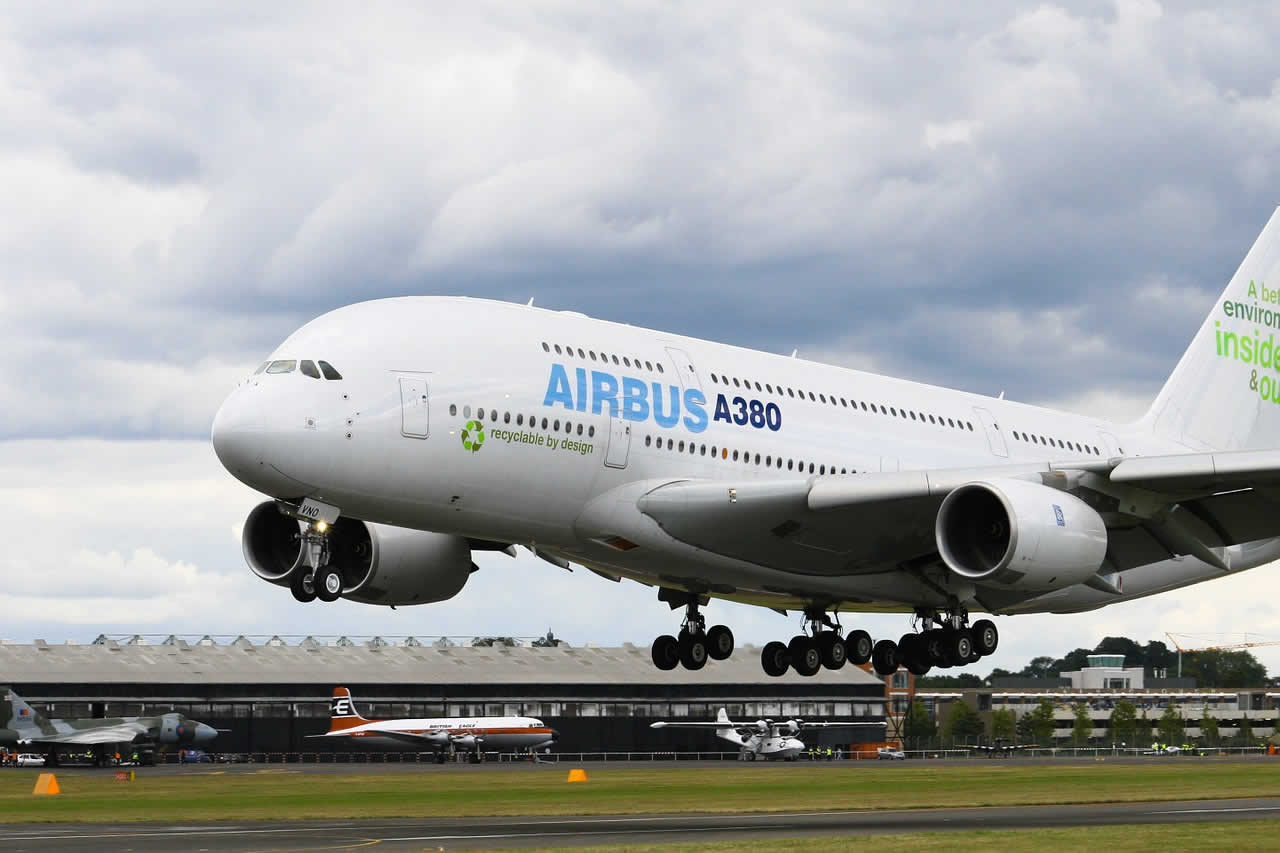
In Surviving Long Flights
The key ideas for getting through a tiresome long flight are really just two things. One, to keep yourself adequately entertained so that the otherwise dreadful many hours seem to pass by quicker or unnoticed. And two, to be able to get the proper rest when you need to, and that includes being well-hydrated and having the right pillows and items to keep you comfortable.
Remember to also eat well the day or a few days before the trip, including on the day of the trip at the airport. Avoid overeating and spicy food or anything that could cause a tummy bloat or stomach upset.
In closing here is another video by the Vagabrothers with their tips on how to survive a long flight. Some of their ideas differ from those listed above, so implement at your own discretion. But one thing we do agree with them – be nice to the flight attendants!
SEE ALSO:
- Save on Airport Parking and Explore Dining, Activities and Events at Cities Worldwide
- Discover Hassle-Free Car Hire at the Location of your Destination
- iVenture Card – Save up to 60% on Top Attractions, Tours & Experiences
- Vertoe – Discounted Luggage Storage at Various U.S. Cities
- Guaranteed Savings on Holidays with Last Minute Travel

